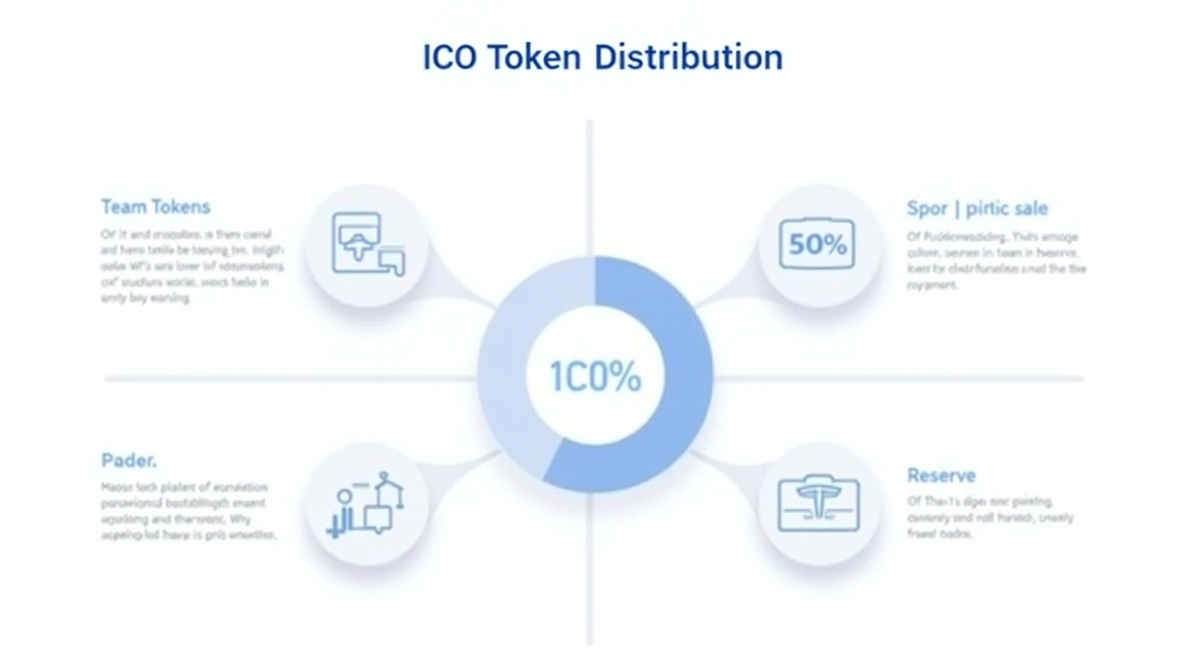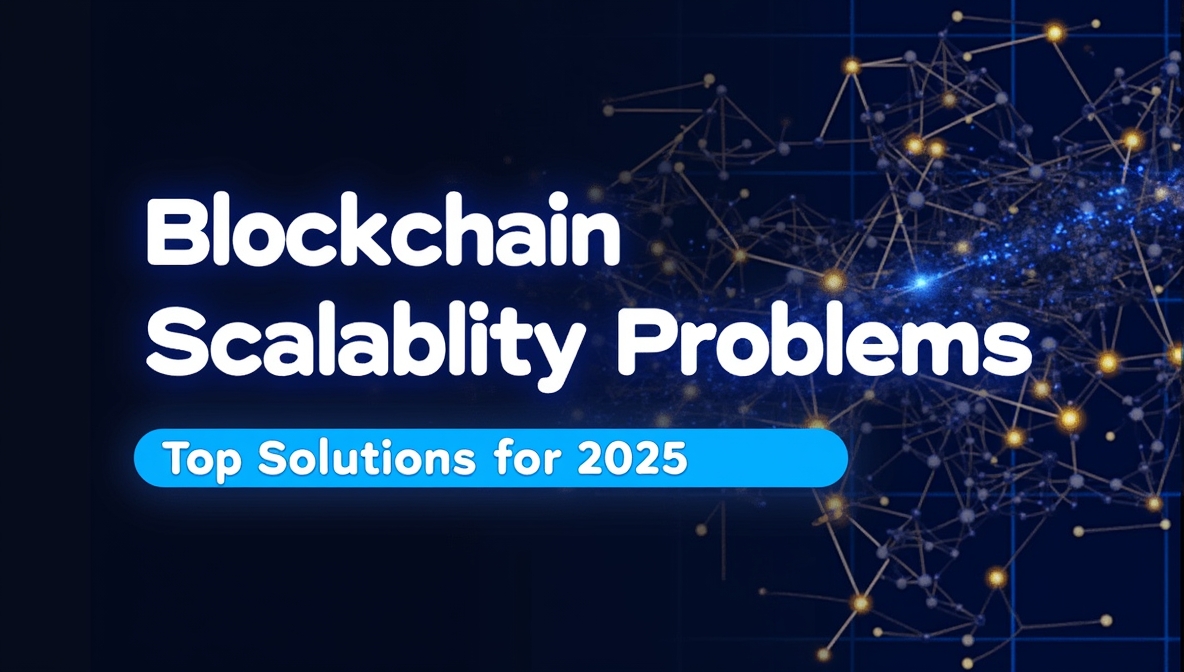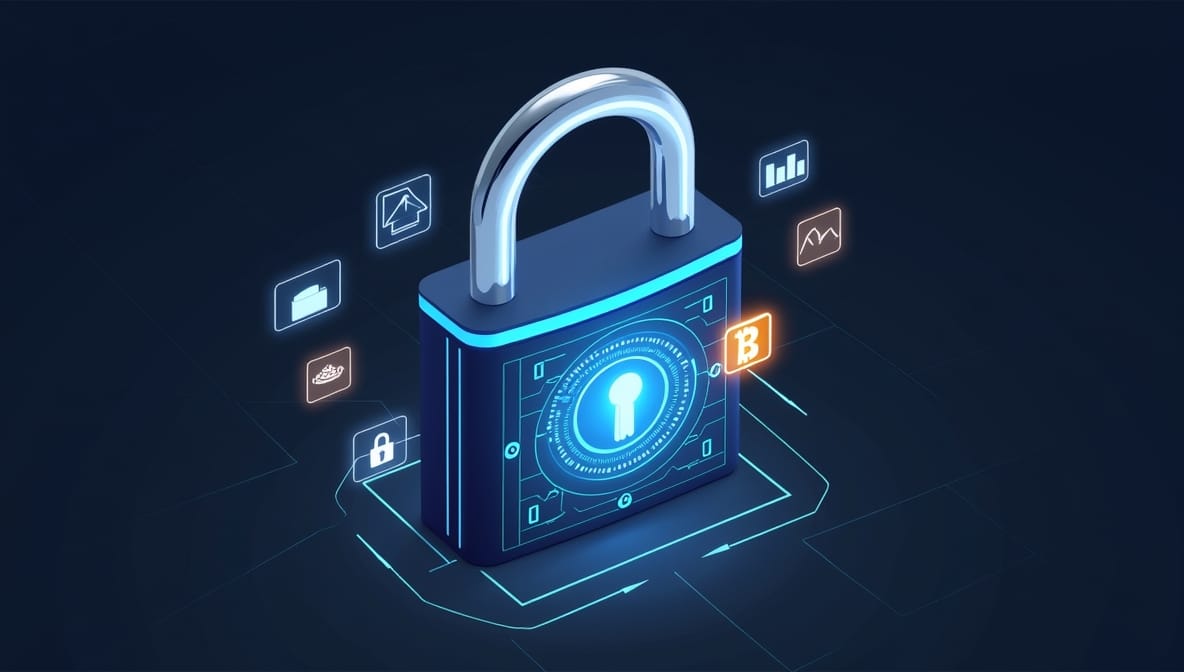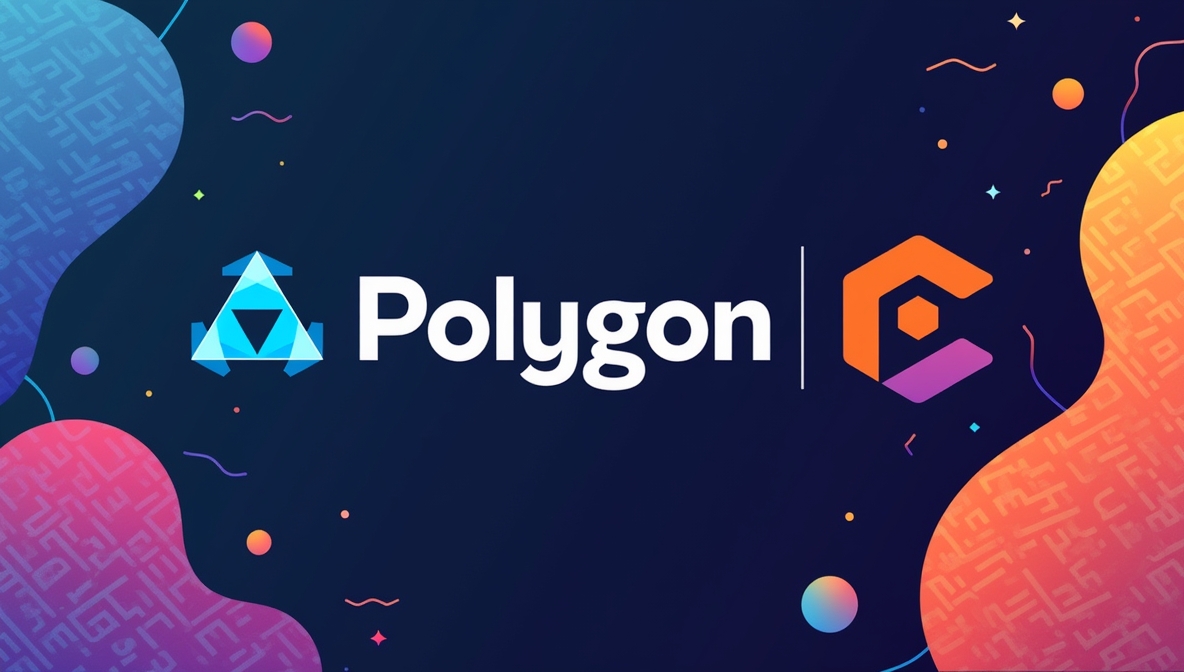Games have always chased better graphics. But now, a bigger change is happening with in-game currency, where blockchain tech is shaking things up. Thanks to web3 game tokens at the heart of this technology, playing games finally meets profit for everyone.
Web3 game tokens aren’t just for cool game stuff, as they create new ways for players to own things. Player actions can mean real ownership and real money. For people building or investing in the growing web3 games market, knowing these token models is key. In this article, we’ll break down important web3 games token types and take a closer look at market trends and new web3 games, from Axie Infinity to Decenterland to The Sandbox. Analyzing key sustainability drivers and strategic moves for capitalizing on this multi-billion-dollar transformation is crucial for leading play-to-earn web3 games and NFT games.
The Rise of Web3 Game Tokens
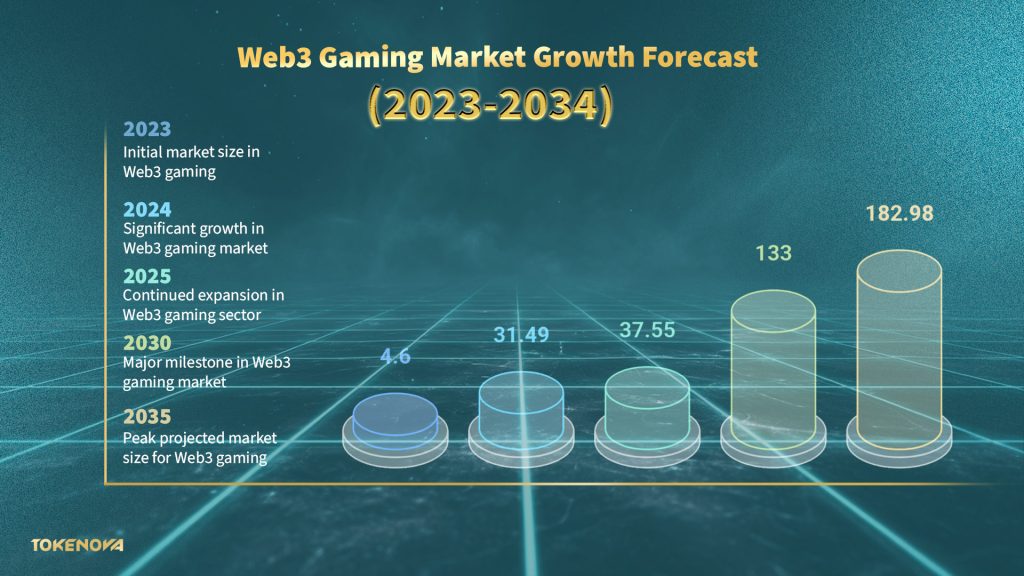
Not much time has passed since blockchain was integrated into the gaming sector. This, however, doesn’t reduce the significance of this evolutionary jump. The web3 games tokens are a special kind of digital money that operates on decentralized ledgers. While traditional in-game currencies are limited to just one game, web3 gaming tokens offer lasting and verifiable value; you can prove you own these assets, and they will stay with you, even if the pertinent game shuts down.
Axie Infinity was an early example of this model’s disruptive potential. Players can engage with “Axie” NFTs and earn Smooth Love Potion (SLP) tokens. Once you’ve got your hands on SLP tokens, you can either exchange them for real money or reinvest them into the game.
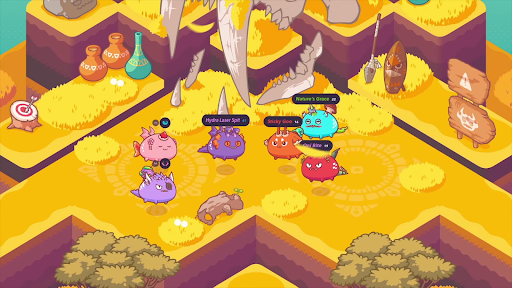
SLP’s price reached about $0.408 in July 2021, during the time web3 games were at the peak of their popularity. Nonetheless, the same SLP token is trading near $0.00168 by May 2025. This vividly indicates how these new digital money systems can swing wildly in value over time.
Despite such price swings, web3 gaming is still growing strong. Virtue Market Research says the web3 gaming market was worth about $4.6 billion in 2023 and is expected to grow by 30% compound annual growth rate (CAGR) annually from 2024 to 2030. Lots of money and new ideas from game studios are fueling this. This marks an effective cooperation between game studio experimentations and capital influx, which collectively help create more advanced gaming ecosystems on the blockchain.
For developers, creators, and discerning investors, the web3 games token is solidifying its vital status as a prominent part of new web3 games in the future and a big deal for the best web3 games. Market-savvy people often have an updated web3 games list to keep pace with new web3 games and remarkable development in play-to-earn web3 games.
How Web3 Gaming Economics Work
Web3 games token is re-architecting how value works in gaming. Traditional games didn’t offer players tangible ownership for the time and effort they put into gaming. On the contrary, these new web3 games build economies on blockchain infrastructure, granting players the ownership of their assets. The web3 games token is key to making this work as the conduit for value trade, governance participation, and reward distribution within these ecosystems
To give you examples, native tokens like SAND (The Sandbox) or MANA (Decentraland) are more than just game money. Although you buy in-game elements and acquire assets like a virtual land with these tokens, you can take advantage of their multi-utility function and make new items, stake your tokens, or vote on the game’s future.
| Game | Native Token(s) | Key Utilities | Token Supply Details | Governance Mechanism | Unique Mechanic |
| Axie Infinity | AXS, SLP | Breeding, Staking, Governance, Rewards | AXS: Max supply of 270 million tokens. SLP: Supply capped at 44 billion tokens. | AXS holders participate in governance. | Dual-token economy; NFT-based creatures (Axies) |
| The Sandbox | SAND | Asset Acquisition, Staking, Governance, Marketplace Usage | Max supply of 3 billion tokens. | SAND holders vote on platform decisions. | User-generated content via VoxEdit and Game Maker |
| Decentraland | MANA | Virtual Land Purchase, Asset Creation, Governance | Max supply of 2.19 billion tokens. | MANA holders govern via DAO. | Virtual real estate and event hosting in metaverse |
| Gods Unchained | GODS | Card Crafting, Rewards, Governance | Max supply of 500 million tokens. | $GODS holders influence game development. | NFT-based trading card game with a play-to-earn model |
| Illuvium | ILV | Staking, Governance, Rewards | Max supply of 10 million tokens. | ILV holders govern via DAO. | AAA-quality open-world RPG with NFT creatures |
Major Web3 Games Token Comparison Table (May 2025)
Smart Contracts: Automated and Reliable Transactions
Trades, reward payouts, and governance votes are various transactions possible within digital game economies, and they’re all processed through smart contracts. As you might be familiar, these contracts are like computer programs that can run automatically, securing the safety of web3 games token deals.
Say you buy a virtual land in The Sandbox. A smart contract moves the ownership to your digital wallet right away with full transparency and without any need for middlemen.
Tokenomics: Balancing Supply and Demand
For web3 game economies to last, they require complex tokenomic models that carefully manage token supply and demand. While too many tokens (excessive supply) can make them lose value, too few can stifle user activity and bring damage to liquidity and trading flow. To find a good balance, different games and platforms implement mechanisms like token staking, where you can lock up tokens for rewards.
Furthermore, web3 games use “buy-back-and-burn” programs in which the game buys back tokens and removes them permanently. For example, Decentraland burns 2.5% of MANA from every marketplace transaction to keep the MANA token’s value up.
Decentralized Governance to Empower the Community
Decentralized governance in web3 games transfers the decision-making process from a central company to token holders. In games like The Sandbox, holders of the SAND web3 game token can suggest strategic initiatives and vote on others’ propositions. These initiatives include the game’s development roadmap, resource allocation, and rule adjustments, leading to an inclusive community guidance where every token holder has a voice. Thanks to the web3 games token, decentralized governance is becoming a common feature in many top web3 games.
Monetization Opportunities: Earning Real Value
Web3 games offer players brand-new pathways to earn real money through in-game activities and creative contributions. In The Sandbox, for example, you can use tools like VoxEdit to design unique digital assets, list them on the platform’s marketplace, and retain up to 95% of sales revenue. Similarly in Decentraland, creators can develop virtual venues for events and host interactive experiences to earn MANA in return.
Moreover, players can make and trade NFTs, rent out assets, or join play to earn web3 games missions. And this is how the web3 games token sets you up to draw on your skills and turn them into real cash.
Interoperability and Cross-Platform Assets
Asset portability is the next notable pursuit of web3 games, which enables you to use assets across different platforms. Imagine using one NFT character in many different games or moving a web3 gaming token you earned in one game to another.
Although the trend towards interoperability for web3 games tokens and NFTs is still a concept in its early stages, it points to a future where your digital items move easily between games. Such advancements are crucial for the next set of web3 NFT games since they promise to give users more autonomy and real use across different platforms.
Economic Sustainability and Monetization
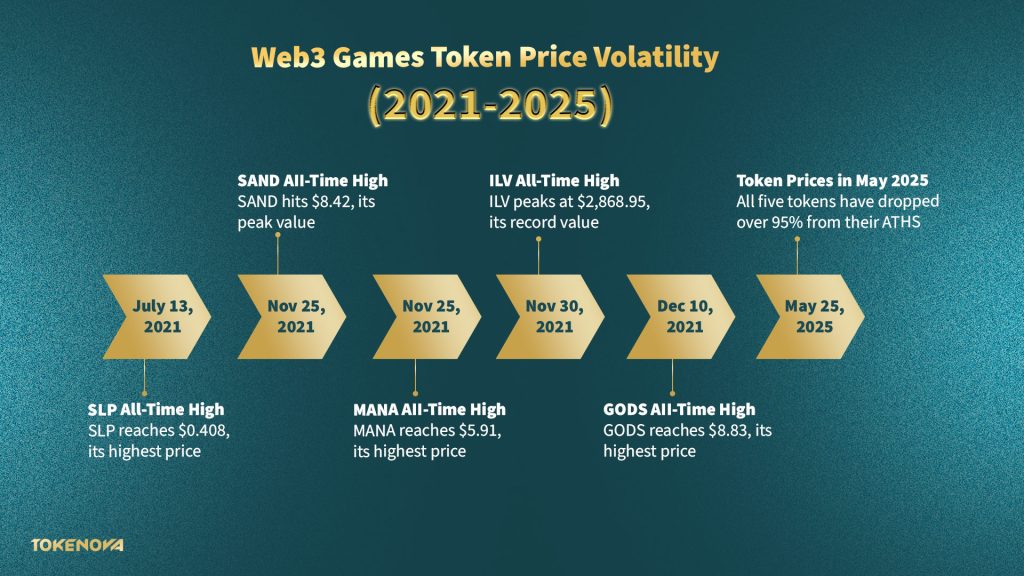
There’s little debate over the fact that web3 game economies must have long-term viability. It depends on a carefully calibrated equilibrium between token issuance (“faucets”) and token expenditure or removal (“sinks” or “burns”). And if judging this balance goes wrong, severe consequences might follow.
A relevant example is the 99% plunge in Axie Infinity’s SLP token value, which clearly showed what happens when inflationary token generation can outpace actual utility and user demand. So, the cautionary tale here is that if a web3 games token is rapidly growing, a hard crash is very likely to knock the door.
| Token | All-Time High (Date) | Current Price (May 25, 2025) | % Change from ATH |
| SLP (Smooth Love Potion) | $0.408 (July 13, 2021) | $0.00167 | -99.6% |
| SAND (The Sandbox) | $8.42 (Nov 25, 2021) | $0.299 | -96.4% |
| MANA (Decentraland) | $5.91 (Nov 25, 2021) | $0.304 | -94.9% |
| GODS (Gods Unchained) | $8.83 (Dec 10, 2021) | $0.164 | -98.1% |
| ILV (Illuvium) | $2,868.95 (Nov 30, 2021) | $13.29 | -99.5% |
Web3 Games Token Price Volatility Table (as of May 25, 2025)
Tokenova provides consulting services to assist developers and investors at different stages of their web3 game projects, spanning from their ideation phase to launch to ICO fundraising. This requires deep expertise in legal, financial, and technological aspects of the web3 ecosystem, and Tokenova is a viable option to help reduce friction in a business journey by offering compliant business models and strategic planning that ensures capital inflow and a competitive edge in the blockchain gaming landscape. Get a free consultation before starting.
Strategic Token Models and Adaptive Economic Levers
Nevertheless, a quick look at more successful platforms reveals more sophisticated token management strategies. To give you an example, Splinterlands operates a dual-token system: the Dark Energy Crystals token (DEC) serve daily in-game transactions, and the Splintershards token (SPS) is for community governance. On top of that, they’ve implemented an automated system called “Elmo-Burns,” which automatically removes SPS tokens. This way, extra tokens are purposefully downsized, which mitigates wild price speculations and stabilizes these web3 gaming coins.
Gods Unchained has another compelling model. Its $GODS token has a limit of 500 million units, and about 34% of this supply is directly channeled into play-to-earn rewards. Such structured setup for a web3 games token marks a prevalent approach to keep play to earn web3 games functional; it underpins justifiable reasons for players to stay engaged with the game, while the token’s value remains secure.
Besides these examples, game developers are progressively using adaptive economic tools, like AI-driven systems that dynamically adjust reward amounts. Other similar tools include ranking systems that prioritize skill over spent time for payouts and dual-token frameworks that separate governance influence and daily transactional currency from each other.
How Are Web3 Game Tokens Fostering the Decentralized Economy

New tech always unlocks significant opportunities and notable challenges at the same time. Before exploring the risks, let’s jump into the chief benefits pushing the web3 games token concept forward.
Genuine Asset Ownership Enhances Player Loyalty and Engagement
Conventional games usually only give players a temporary pass for in-game items. These items are ultimately reserved and owned by corporate entities, and their value is subject to wither away if game servers go shut down.
On the other hand, web3 games have arrived to make a paradigm shift in this system by making items into NFTs and distributing the cryptographically verifiable ownership of them to players. This free tradability and portability give players peace of mind that they’re entirely in control of their assets.
Play-to-Earn: New Ways to Make Money
Play-to-Earn (P2E) models are a cornerstone of many new web3 games. They actively lead and sustain the economic flows within games and enable players to earn crypto or other tokenized assets through playing.
Concurrently, P2E mechanics open up room for more diversified and potentially sustainable revenue channels for developers beyond initial game sales These channels include but aren’t bound to transaction fees from integrated marketplaces, royalties on secondary NFT sales, and improved player retention and lifetime value metrics.
Decentralized Governance Empowers Community Involvement
A key innovation in many of the best web3 games is the democratized permission to the community to control and adjust rule systems through decentralized governance frameworks. They can vote based on the tokens they hold, and the whole system is managed through Decentralized Autonomous Organizations (DAOs).
With these voting tokens, players can propose ideas, bring them into discussion, and vote on critical game issues, which results in their growing loyalty to these platforms. These issues can range from future feature updates and treasury fund allocations to intricate game balance adjustments. This runs entirely counter to traditional top-down decision-making, where such calls were made by studio executives.
Trouble Spots for Web3 Gaming Tokens
Despite the transformative potential of web3 games, navigation through a series of considerable challenges in ensuring robust security and sustainable growth is inevitable for investors, founders, and developers.
Regulatory Uncertainty Surrounding Token Classification and Trading
A huge headwind is the lack of consistent, clear-cut legal frameworks for gaming tokens across global jurisdictions. The reason is that the regulatory classification of a web3 game token may vary from one region to another, which complicates operational and compliance efforts.
For example, regulatory bodies in the United States, like the Securities and Exchange Commission (SEC) have been evaluating whether certain high-profile web3 gaming tokens should be categorized as securities. If they are, game companies will have to stick to extensive rules for launching a web3 games token, which might come at a significant cost for them.
Security Vulnerabilities Highlighted by Incidents Like the Ronin Network Hack
Safety is a paramount concern for every web3 gaming token. The Ronin Network hack in March 2022 stands as a relevant case study where the exploitation of compromised private keys led to the theft of approximately $615 million in cryptocurrency from Axie Infinity’s ecosystem.
Hacking incidents of this magnitude can cause crippling money losses. But a longer-term consequence of such an incident is the spoiled trust among both the players and the broader web3 gaming venue. This is why top-level security infrastructures are a must and cannot be neglected.
High Entry Costs for NFTs and Tokens Can Limit Initial User Acquisition
The initial investment required to acquire NFTs or the native web3 games token necessary for full participation in some web3 games can be a serious impediment to adopting new users. Axie Infinity was an examples where initial NFTs were traded at hundreds of dollars. And suchlike pricing can easily stop many people from joining web3 games.
To tackle this problem, innovative studios actively explore alternative onboarding models, such as NFT rental marketplaces, “scholarship” programs (where asset owners delegate usage rights to players for a share of earnings), and free-to-play-to-earn (F2P2E) pathways that allow users to acquire ownership through gaming. This helps to lower initial financial barriers to entry and gradually foster broader market adoption.
Final Thoughts
Web3 game tokens have unlocked real ownership, new earning opportunities, and active community participation for players—but lasting success takes careful planning and risk management. If you want to take your game project to the next level or have questions about tokenization, reach out to Tokenova for a free expert consultation.



